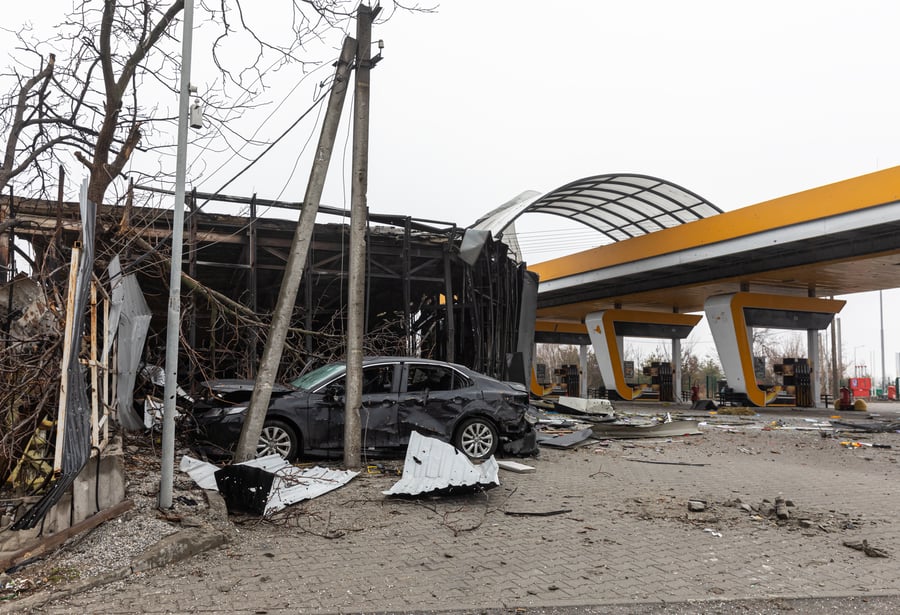Manufacturing was once at the heart of the UK economy, driving its rise as an economic superpower in the 18th and 19th centuries. However, the economic landscape was dramatically reshaped during Margaret Thatcher's tenure in the 1980s, leading to a shrinkage of the sector from 25% of GDP in 1979 to 16% in 1990. Fast-forward 35 years, the manufacturing sector now represents just 9% of GDP in 2024. Despite this decline, the manufacturing industry in the UK has become highly specialised and remains a major global player in certain fields, such as aerospace technology, defence, and automotive.
As the UK manufacturing sector braces for an anticipated recovery in 2025, it faces an uncertain 2024. The industry is no stranger to supply chain issues, having navigated the disruptions caused by Brexit, the pandemic, and geopolitical tensions in recent years, with many manufacturers having become accustomed to the new ways of working. However, ahead of the expected recovery through 2025 manufacturers must now contend with a new set of obstacles: ongoing geopolitical tensions, economic uncertainty, adverse weather conditions, spiralling costs, and labour shortages - all of which contribute to a heightened risk of non-payment as insolvency rates hit a 15-year high.




